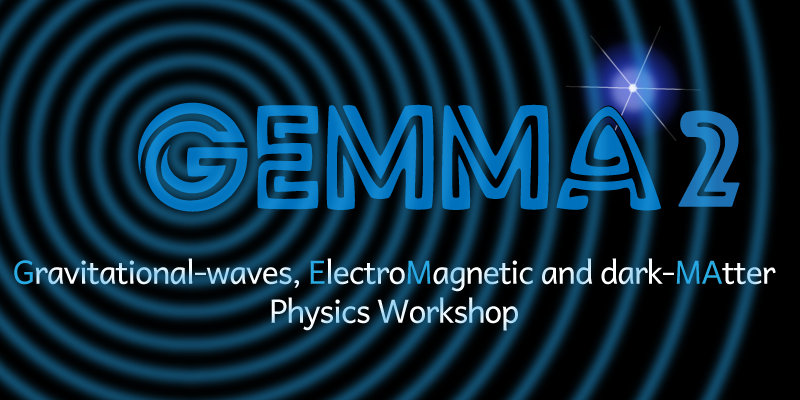Description
The Schenberg antenna, a spherical resonant mass detector, had its last operational run in 2015 at the University of São Paulo and was subsequently dismantled in 2016. Despite this, there remains significant interest within the Brazilian scientific community to revive the project, driven by promising recent results in gravitational wave (GW) research. Although the initial sensitivity of Schenberg may not match that of advanced LIGO, the proposed advanced version, aSchenberg, aims to close this gap and achieve the standard quantum limit through the integration of cutting-edge technology. This work presents a thorough assessment of the scientific justification for rebuilding the Schenberg antenna at the National Institute for Space Research (INPE) from the perspective of GW searches. We assess its potential to detect GW signals by employing the FrequencyHough pipeline to search for continuous GW signals in LIGO's O3 data within Schenberg's frequency range. Our objectives include characterizing the search sensitivity, establishing upper limits for signal amplitude, correlating these limits with source characteristics, and interpreting the implications for the future prospects of the Schenberg antenna.

